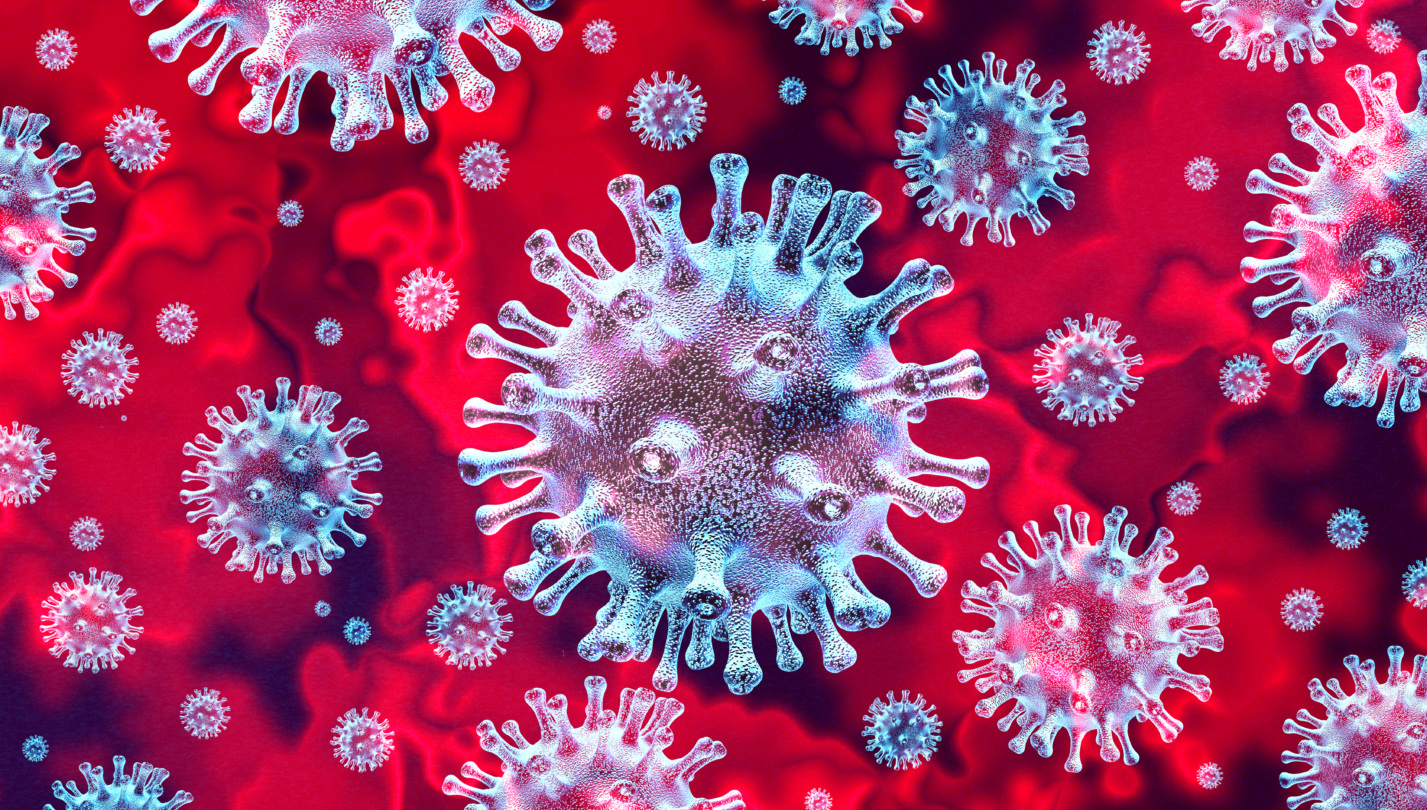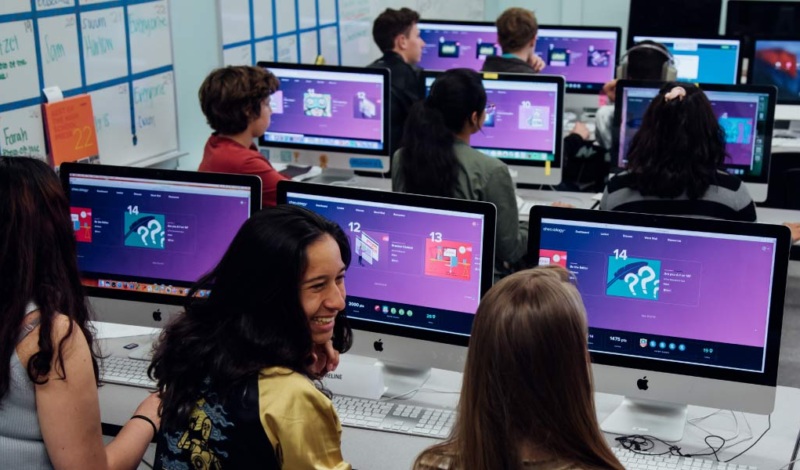
Classroom Connection: Practicing information hygiene
The parallels between the spread of the new strain of coronavirus and the spread of misinformation and confusion about it — between the actual pandemic and what the World Health Organization calls an “infodemic” — offer a number of important and urgent lessons in news and information literacy. Just as COVID-19 has thrown the weaknesses of our global health infrastructure into stark relief and dramatically raised the stakes of our personal choices and habits, the outbreak has underscored defects in our information infrastructure and is emphasizing the potential impact of our choices and habits online.
‘Information hygiene’
Much of the public health messaging in the last week has focused on the importance of practicing good hygiene and on the need to “flatten the curve” by engaging in “social distancing.” (For example, the #WashYourHands hashtag that trended across social media platforms.) At the same time, we all need to focus on “information hygiene” and flattening the curve of dangerous falsehoods online by taking proactive steps to reduce their spread. Our decisions about which pieces of information to “like” and share can have a surprising impact on others.
For example, a false claim about ways to avoid the virus or cure COVID-19, however well-intentioned, may cause someone to downplay the seriousness of the outbreak or the recommendations of public health officials. Or something posted to social media as a joke might, after being “liked” and shared a number of times, be taken seriously and exacerbate public confusion and panic about the crisis. (Remember, “likes” are also known as “passive sharing,” because many platforms’ algorithms suggest things you “like” to your followers.)
As this crisis unfolds, more and more people will be asked to stay home, meaning that more and more people will be online more than ever before. They will be searching for answers and trying to make sense of the events around them. It is essential that we bring the same seriousness and sense of responsibility to our roles as creators and sharers of information as we do to our roles as conscientious stewards of public health.
For discussion with students
Discussing the COVID-19 pandemic with students is also an opportunity to explore the ways the crisis has ignited a familiar cast of known “bad actors” in the information ecosystem. Hucksters are peddling bogus supplements and miracle cures, some of which are dangerous. Disinformation agents and conspiracy theorists are pushing elaborate falsehoods. Trolls are sowing confusion. Extremists are promoting agendas of hate; and opportunists are using misinformation to generate social media engagement. Hackers are exploiting public fear and uncertainty to compromise accounts and install malware. And millions of ordinary people are inadvertently amplifying misinformation out of well-intentioned attempts to help their friends, family members and followers online.
Social media companies respond
Social media companies are struggling to combat COVID-19 misinformation — partially because many of their systems for policing misinformation were created to address coordinated campaigns, not a global viral misinformation outbreak from ordinary people. (This means monitoring misinformation in dozens of languages and national contexts). Still, they are also taking unprecedented steps in the right direction.
Related reading
- “Pinterest Is Blocking Coronavirus Searches, And People Are Very Happy About It” (Craig Silverman, BuzzFeed News).
- “The WHO and Red Cross rack up big numbers talking coronavirus on TikTok through vastly different strategies” (Harrison Mantas, Poynter).
- “5 quick ways we can all double-check coronavirus information online” (Laura Garcia, First Draft).
- “The truth about coronavirus is scary. The global war on truth is even scarier.” (Caroline Orr, Canada’s National Observer).
- “A Handy List of Reputable Coronavirus Information” (Melissa Ryan, Medium).
For further discusion
What responsibilities come with free speech? What kinds of speech shouldn’t be permitted in a free society? Should all social media platforms ban and remove medical misinformation? Why or why not? Should social media companies treat misinformation about climate change (an issue where there is scientific consensus) the same as they do misinformation about COVID-19? Why do you think crises and tragic events tend to spark conspiracy theories?
Additional resources
“Sifting Through the Coronavirus Pandemic,” an information literacy hub created by Mike Caulfield, a digital literacy expert at Washington State University. (Note: While we fully endorse Caulfield’s SIFT method, it is not affiliated with this newsletter.)
Also note: The News Literacy Project is working on a resource response for educators teaching news literacy during this outbreak. In the meantime, you can start by reinforcing these five tips with students:
- Recognize the effects of your information decisions.
Just as your decisions and actions can inadvertently spread the virus itself, your conduct online can influence others and have consequences in the real world. - Take 20 seconds to practice good information hygiene.
Like the time recommended for effective hand-washing, 20 seconds is all that is needed to eliminate a significant chunk of the misinformation we encounter: Scan comments for fact checks, do a quick search for the specific assertion, look for reliable sources and don’t spread any unsourced claims.
- Filter your information sources.
The World Health Organization cited the “over-abundance of information” (PDF) as a cause of the current “infodemic.” While a diverse and varied information diet is generally important, so is the ability to focus your attention on credible sources. - Learn to spot misinformation patterns.
Rumors about this virus often cite second- and thirdhand connections to anonymous people in positions of authority, such as health or government officials. Don’t be fooled by “copy-and-paste” hearsay. - Help sanitize social media feeds.
Flag misinformation when you see it on social media. Failing to do so leaves behind an infected post that will influence those who see it after you.

